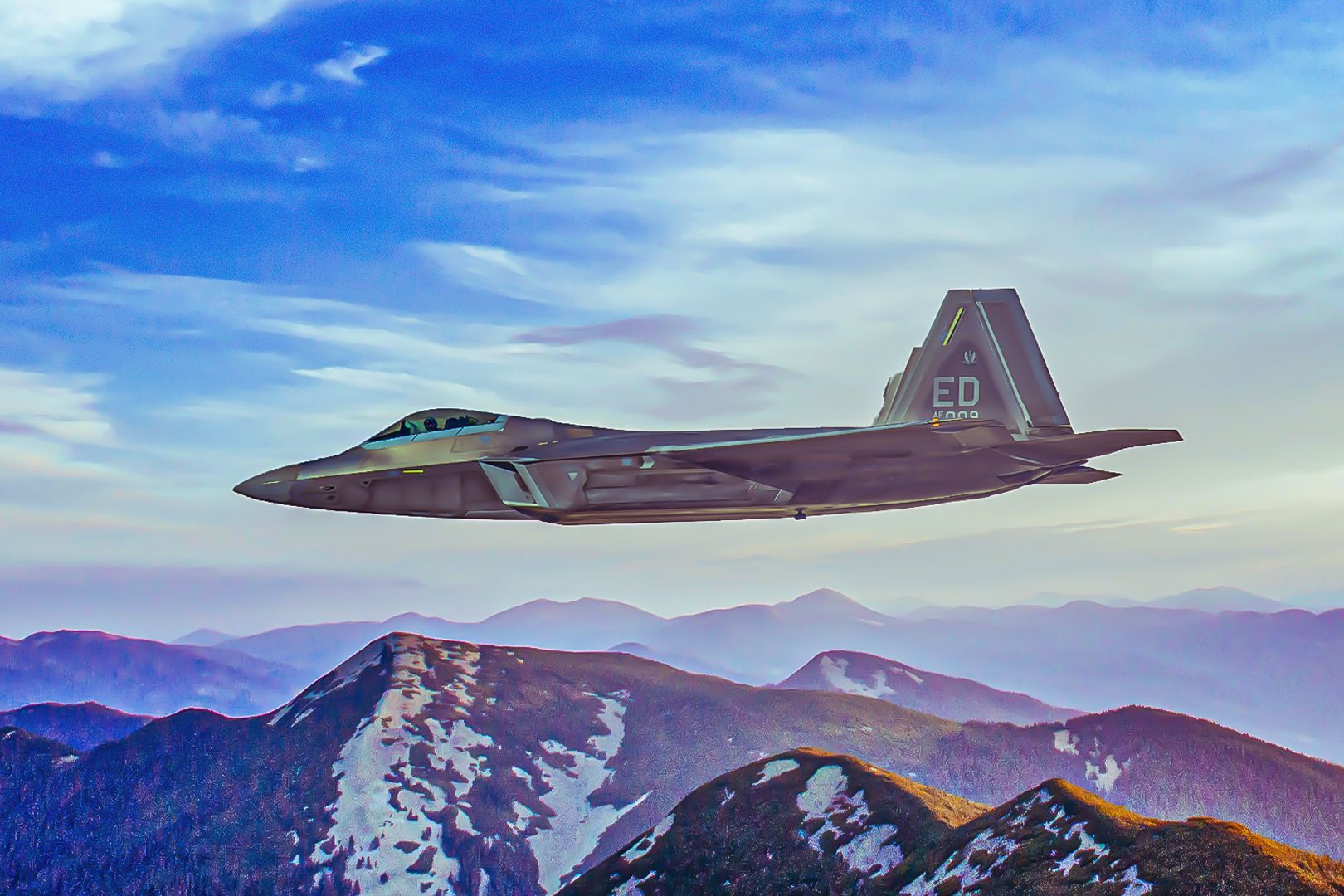Summary US & China lead worldwide fighter jet production, followed by Russia and Europe. Japan & others assemble foreign fighter jets under license. Expect South Korea and Turkey to become notable fighter jet-producing countries soon.
Two countries (the US and China) account for most of the world's annual advanced fighter jet production. This article will only consider multirole fighter jets like the Su-35 and F-35. It will not count light attack aircraft like the Chinese Hongdu JL-8 and the Italian Alenia Aermacchi M-346 or light multirole fighter jets like the Korean KAI T-50 Golden Eagle and the Pakistan JF-21 Thunder .

The world seems set to produce over 500 and possibly 600 advanced fighter jets in 2024. Fighter jet-producing countries The top fighter jet-producing countries are the United States and China, followed by Russia and European countries. Some countries, like Japan and even Switzerland, produce or assemble foreign fighter jets under license (Japan's entire fleet of F-35As, F-15s, and F-16s were produced in Japan under license).
Many of India's fighter jets and many of China's older jets were produced under license. Country/Region: Expected fighter jet production numbers: United States: 171-206 (F-15, F-16, F/A-18, F-35) Europe: 50 (approx. Rafale, Eurofighter, Grippen) Russia: 28-49 (2023 estimate for Su-57, Su-30, Su-34, Su-35) India: 16 (Tejas) China: 240+ (J-20, J-16C, J-10) Total fighter jets built in 2024: 500+ In the coming years, South Korea, with its KF-21 Boramae , and Turkey, with its Kaan, are expected to join the ranks of fighter jet-producing countries.
Notably, South Korea already produces the KAI T-50 Golden Eagle, with the Block 20 variant being a light multirole fighter jet (however, it will not be counted here). Certain countries can assemble the F-35 under license, while others manufacture components, and Israel has permission to modify it. Fifth-generation fighter jets in 2024 Three countries produce fifth-generation fighter jets: the United States with the F-35 Lightning II, China with the J-20 Mighty Dragon, and Russia with the Su-57 Felon.
Other fifth-generation fighter jets include the American F-22 Raptor and the Chinese Shenyang FC-31 Gyrfalcon (which are still in development). Neither of these jets is in production. F-35 Lightning II: 75-110 (expected stable rate of 156 jets) J-20 Mighty Dragon: 100 (approx.
) Su-57 Falon: 8-11 (2023 estimate) Total: 183-221 F-35 production has been cleared for full-rate production but has run into issues with the Technology Refresh 3 update and other production issues. While Lockheed is expected to produce it at a stable rate of around 156 F-35 jets per year (all variants), Lockheed has stated it expects to only deliver 75 to 110 F-35 jets in 2024. It is unclear whether F-35 fighter jets produced under license in Japan and Europe are counted in this number.
Other fifth-generation projects like the Russian Su-75 Checkmate seem more of a pipedream than anything practical now. There remain many questions about Russia's Su-57 Felon, but it is known to be in production and in limited use in the war against Ukraine. The United States produces around 250 fighter jets annually (and many of these are for export).
Fourth-generation fighter jets in 2024 In Europe, three fourth-generation fighter jets are in production - the Rafale, Eurofighter, and Saab Gripen . France's Dassault plans to ramp Rafale production up to 20 for 2024 (up from 13 in 2023). The Eurofighter Typhoon is likely being produced at an annual rate of around 20 jets per year, while Saab is producing Gripens in the signal digits for Brazil, and it is unclear if it has already started to produce Gripen Es for the Swedish Air Force.
Rafale: 20 Eurofighter Typhoon: 20 (approx.) Gripen: 10 (approx.) Tejas (all variants): 16 Su-30: 2 / 4-8 (twin estimates for 2023) Su-34: 6+ / 8-10 (twin estimates for 2023) Su-35: 10 / 8-10 (twin estimates for 2023) F-16 Fighting Falcon: 36 F-15EX Strike Eagle II: 36 F/A-18 Super Hornet: 24 J-10C Vigorous Dragon 40 (approx.
) J-16 Hidden Dragon: over 100 Total: approx. 325 Besides the Su-57 Felon, the only fighter jets in production in Russia are the Su-27 Flanker derivatives—the Su-30, Su-34, and Su-35. Estimating Russian fighter jet production is tricky, but in 2023, Russia is thought to have produced 20 to 38 total for the Su-27 family .
The United States continues to produce the F-16 Fighting Falcon—but only for export. Strong export demand is seen in the ramp-up of F-16 jet production from 24 to 36 in 2024 and then up to 48 in 2025. Having received what is expected to be the final order for the F/A-18 Super Hornet, production is expected to start winding down from around 24 in 2024 to 18 before the production line closes in 2027.
The F-15EX Strike Eagle II is likely to be the final variant of the F-15 family, and Boeing is producing the jets at around 36 per year to fulfill the orders for 107 F-15EXs for the USAF and export orders (like Israel). This production line is likely to close by the end of the decade. Estimating Chinese fighter jet production is difficult , but it is estimated to produce around 40 J-10C Vigorious Dragons and over 100 J-16 Hidden Dragons.
It may also produce some J-11 and J-15 fighter jets (both Flanker derivatives). India is expected to produce 16 Tejas in 2024 , while Pakistan is producing the JF-21 Thunder light multirole fighters in partnership with China (although these are not counted here)..



















